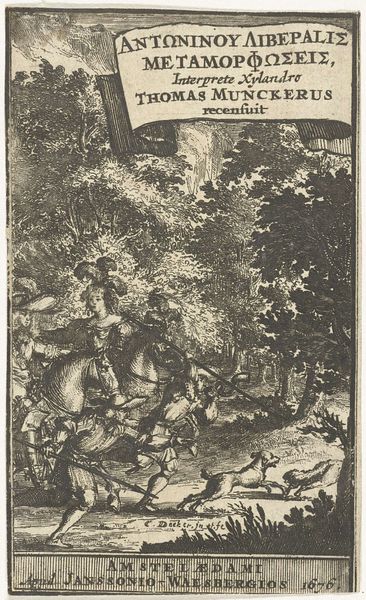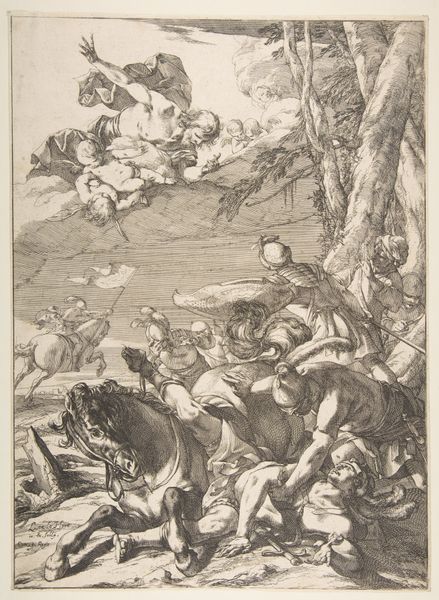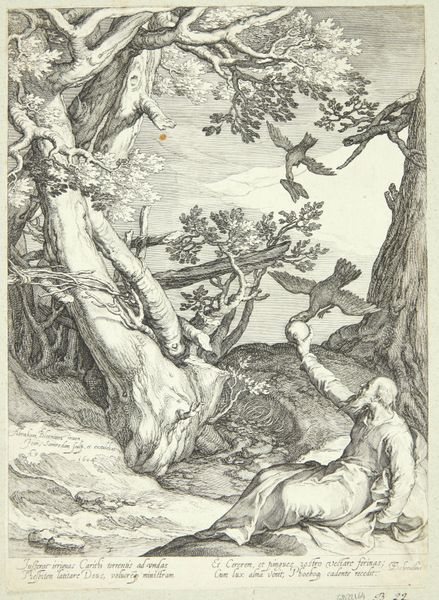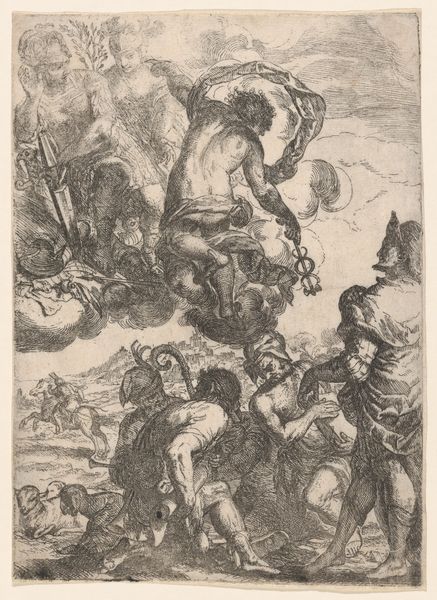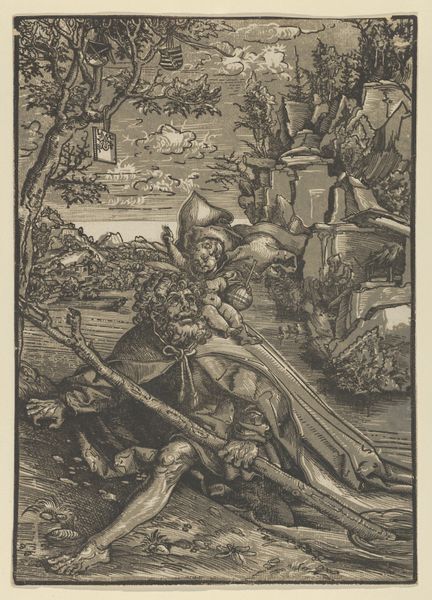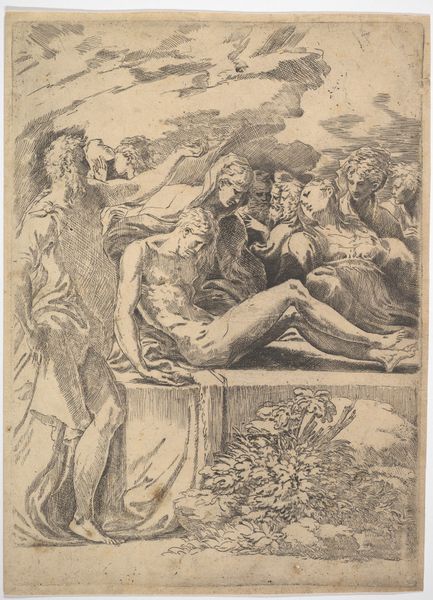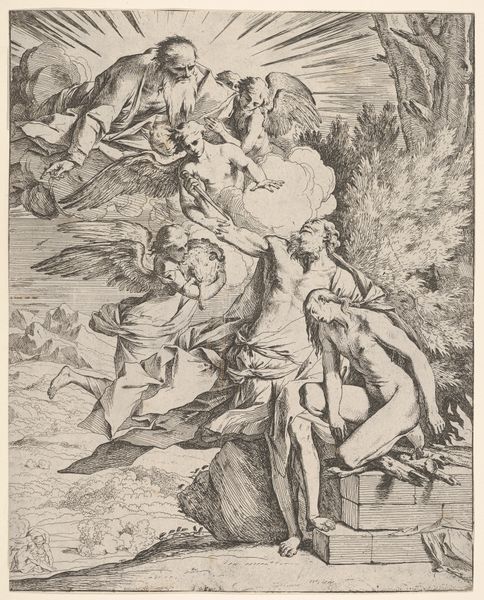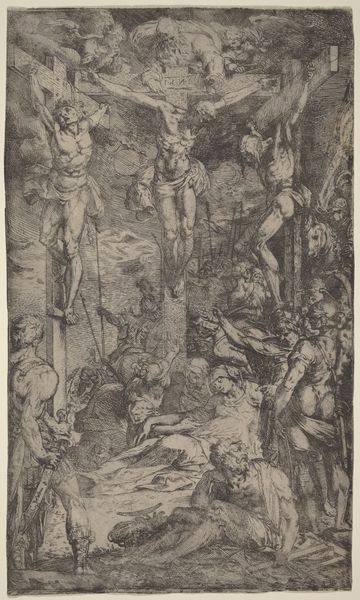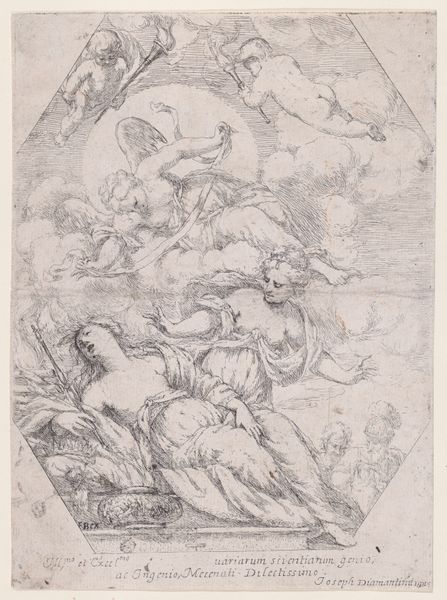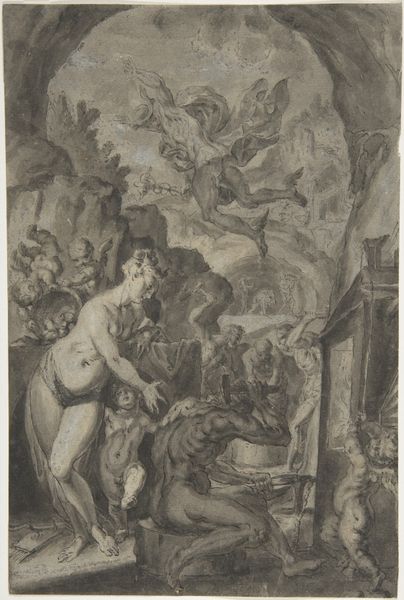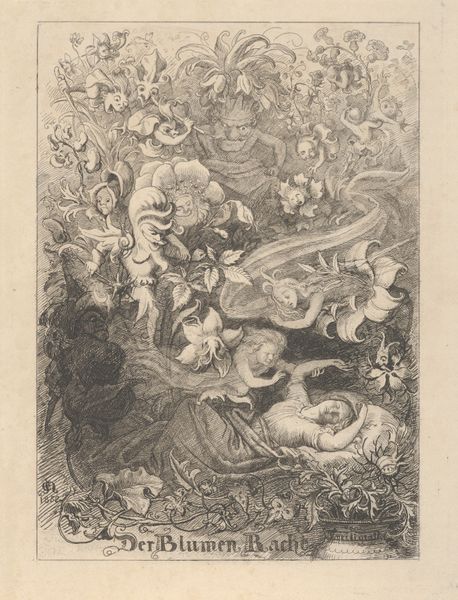
Dimensions: sheet: 30.2 × 20.6 cm (11 7/8 × 8 1/8 in.) (cut to platemark)
Copyright: National Gallery of Art: CC0 1.0
Giovanni David created this etching, “Bacchanal,” in Italy sometime in the late 18th century. It’s an orgiastic scene from classical mythology, full of inebriated figures, satyrs, and putti, all overseen by a bust of Bacchus, the god of wine. This type of subject matter was very popular at the time. Looking at the image, we might consider how the artist creates meaning through the use of classical imagery and how that imagery spoke to contemporary social norms. For example, it seems clear that “Bacchanal” is not a religious artwork in the strict sense; it’s a celebration of earthly pleasures. What I find interesting about it is that it suggests a certain level of social critique. In a society still largely governed by the Church, to depict pagan gods and drunken revelry was a way of challenging the strictures of religious authority. David, we might say, was engaging in a visual dialogue with the institutions of his time. To understand this print more fully, we might examine the artist's biography, the history of printmaking in Italy, and the social context in which David was working. These kinds of research resources are essential to understanding the role of art as something contingent on social and institutional context.
Comments
No comments
Be the first to comment and join the conversation on the ultimate creative platform.
